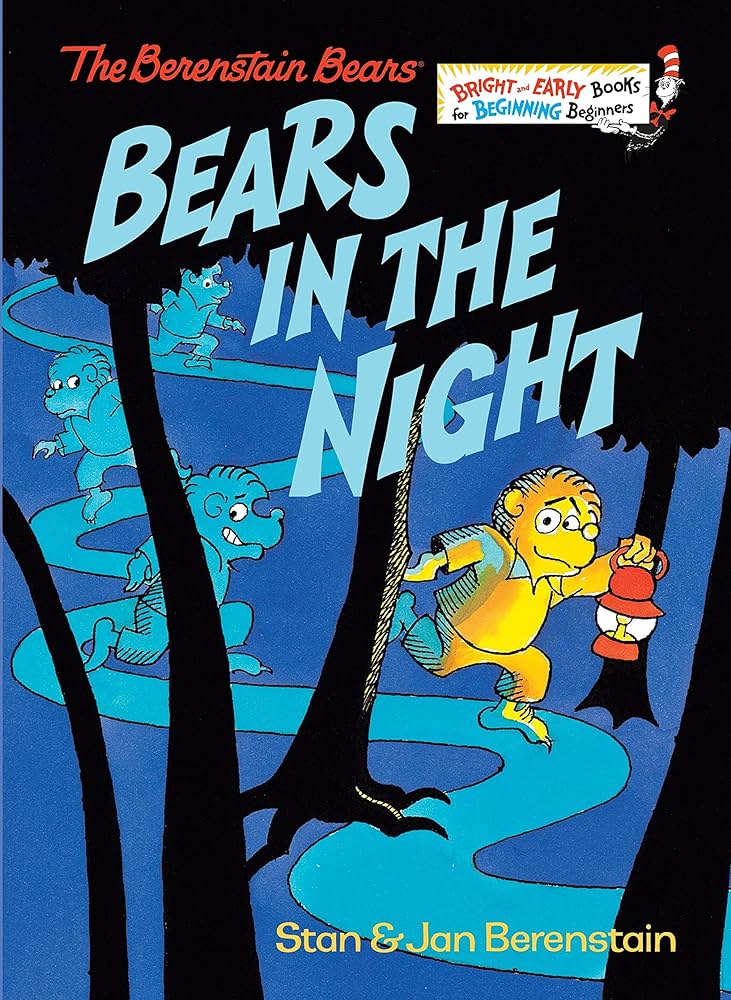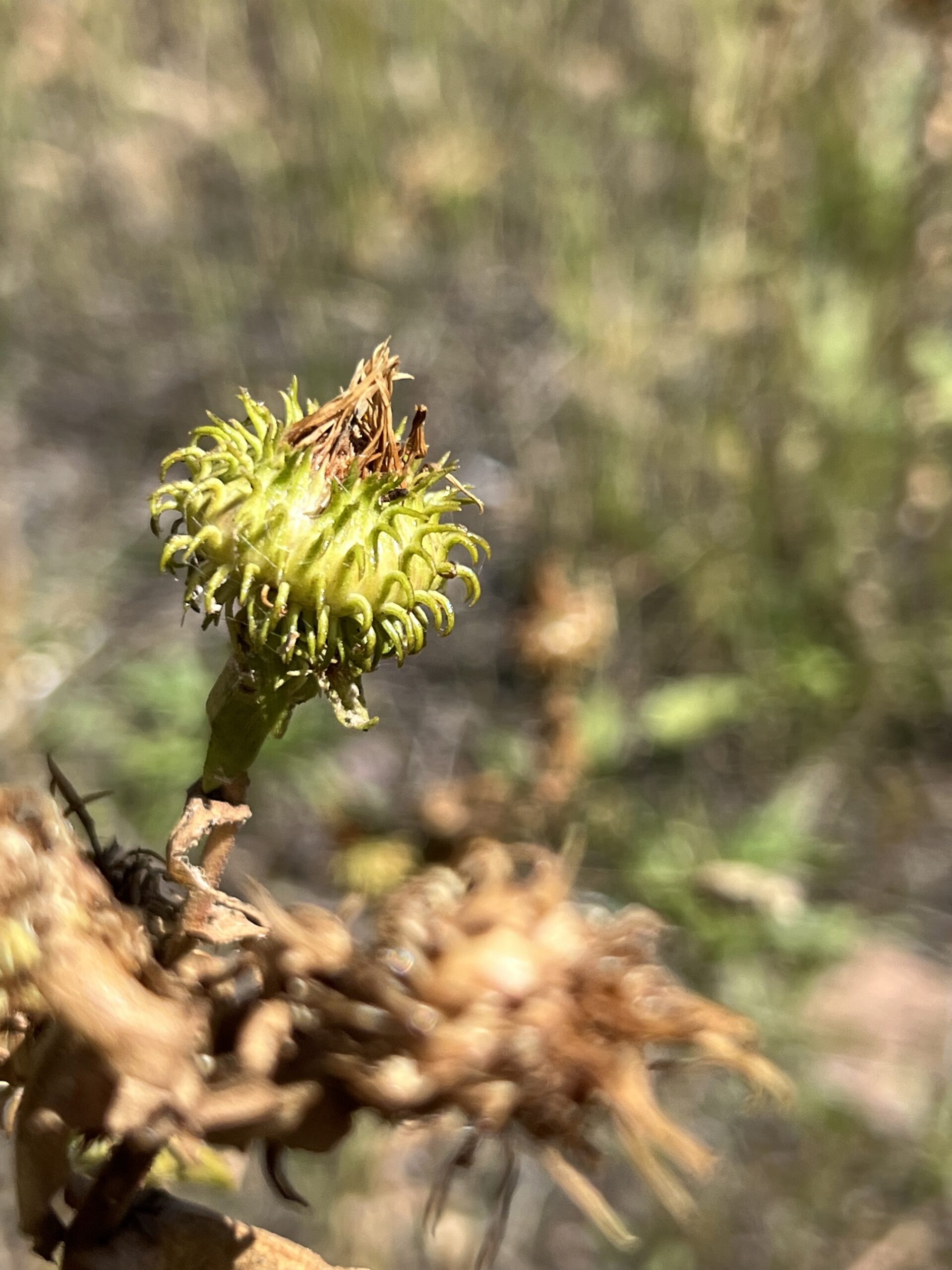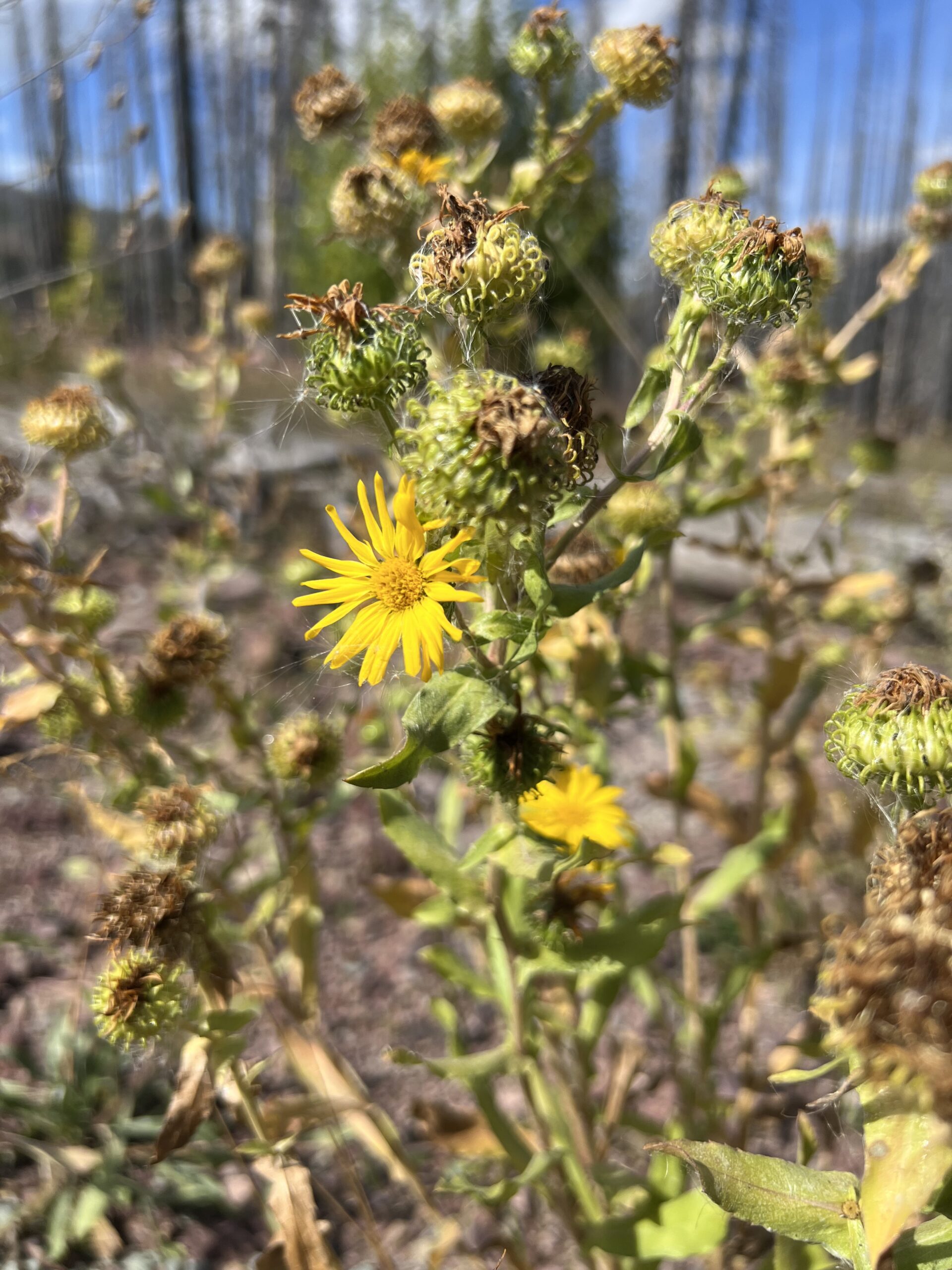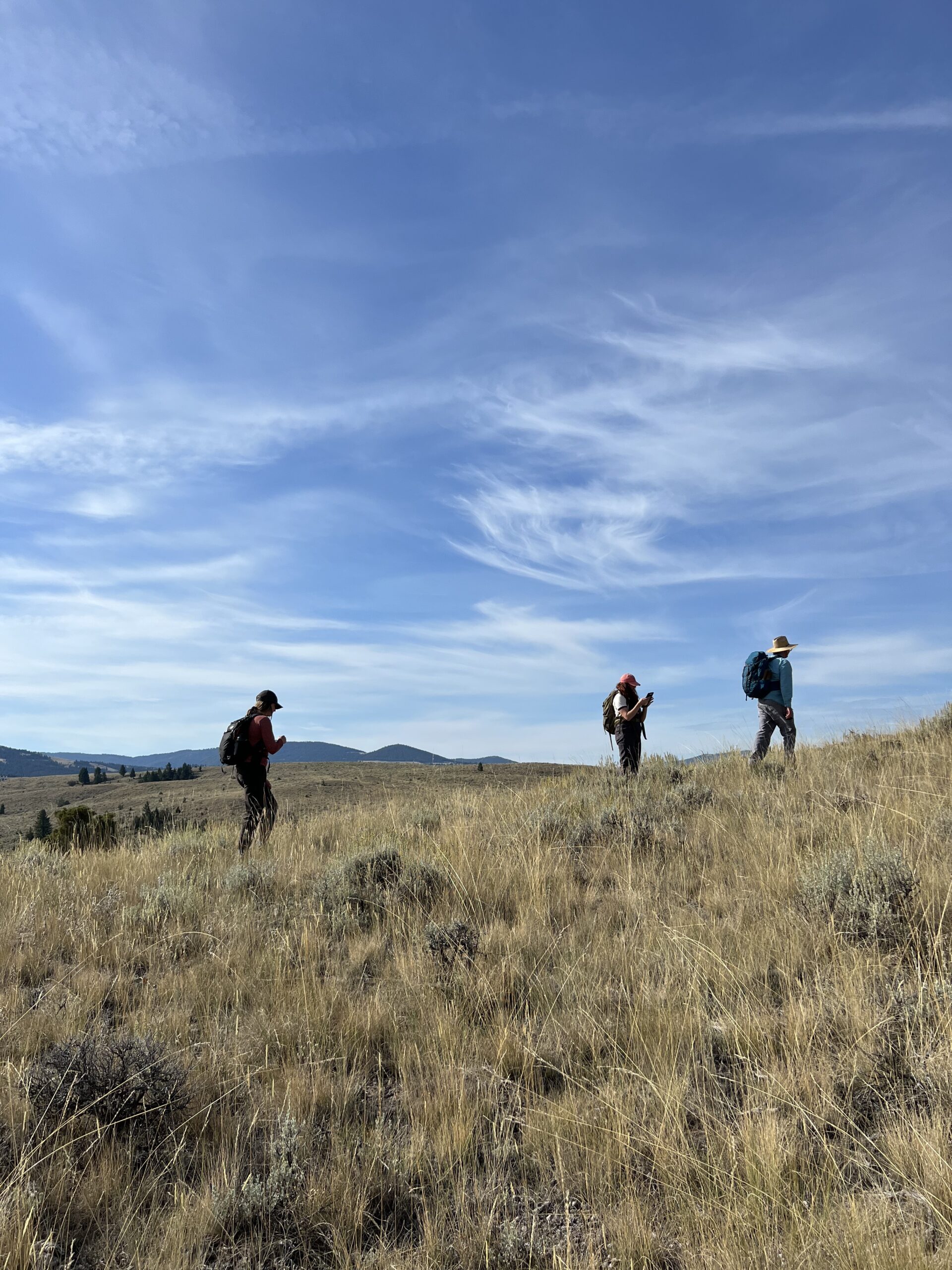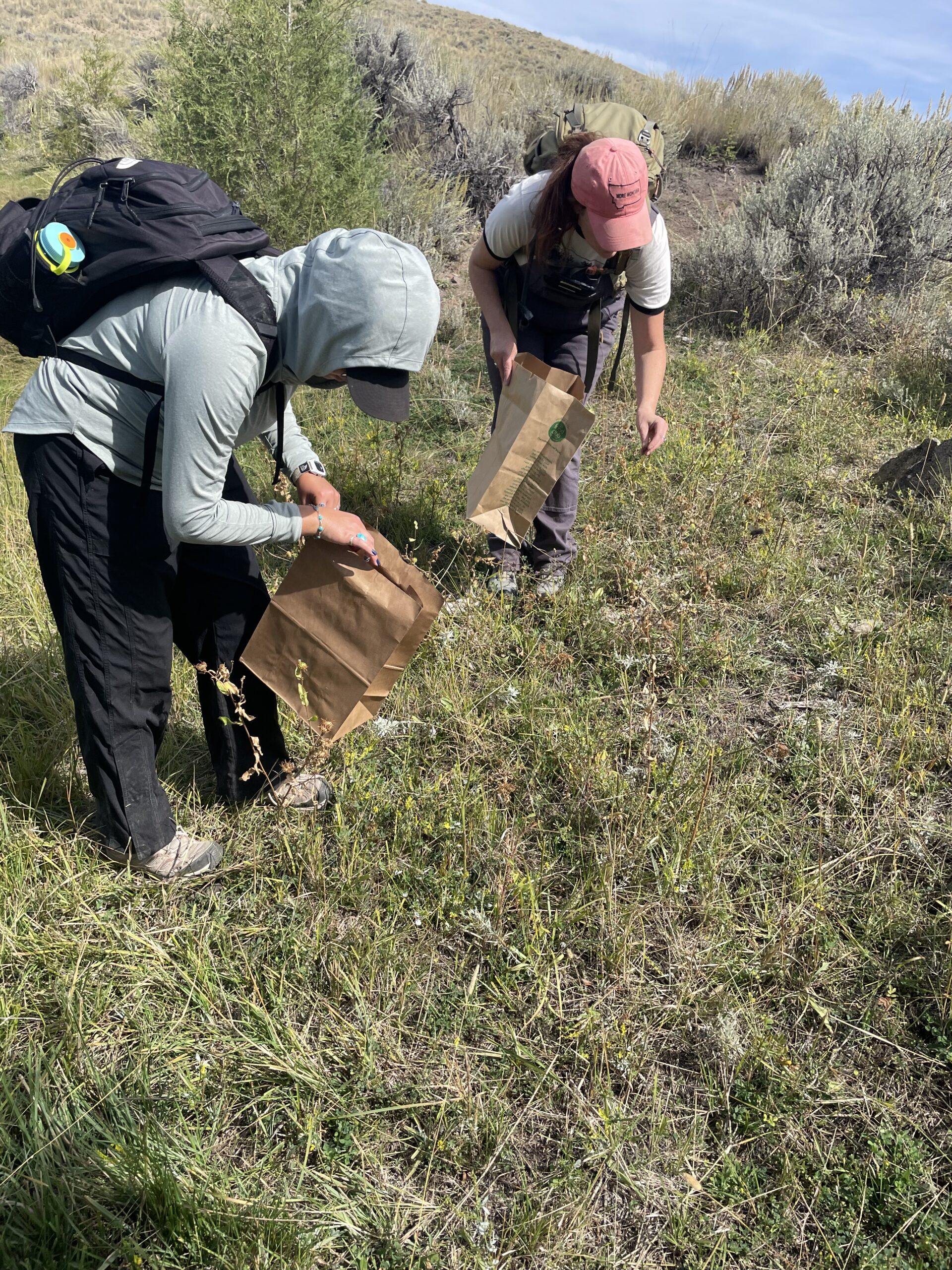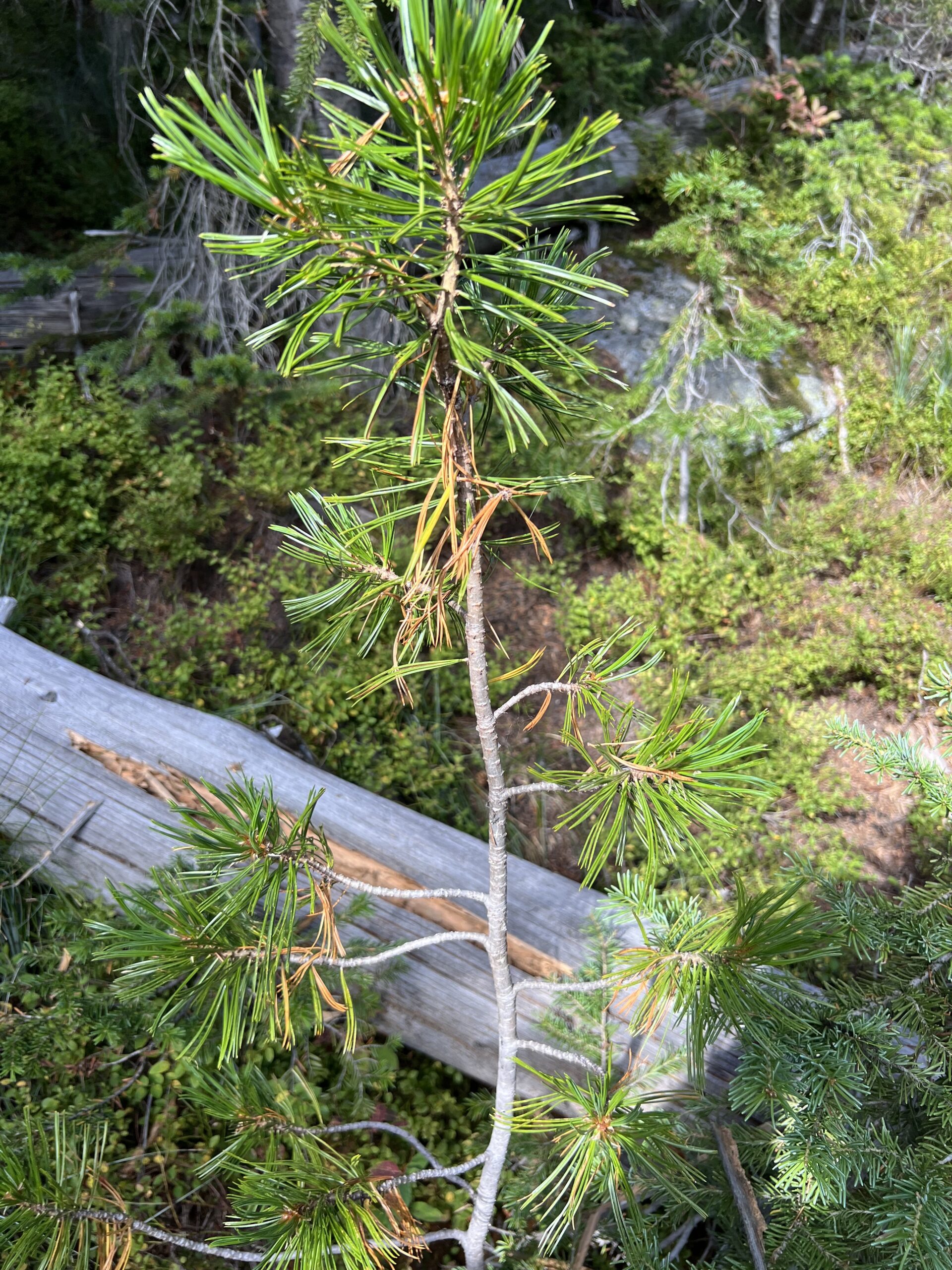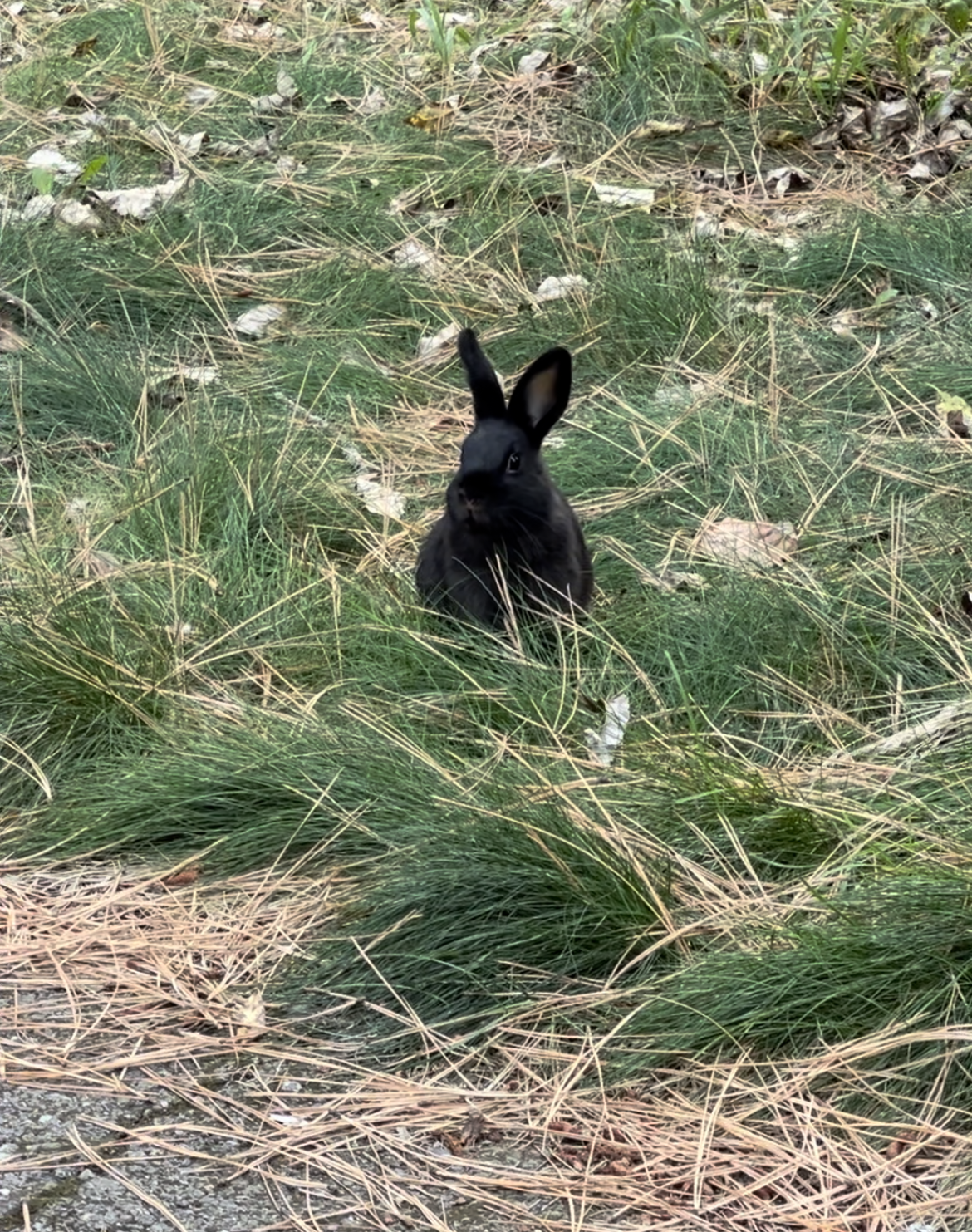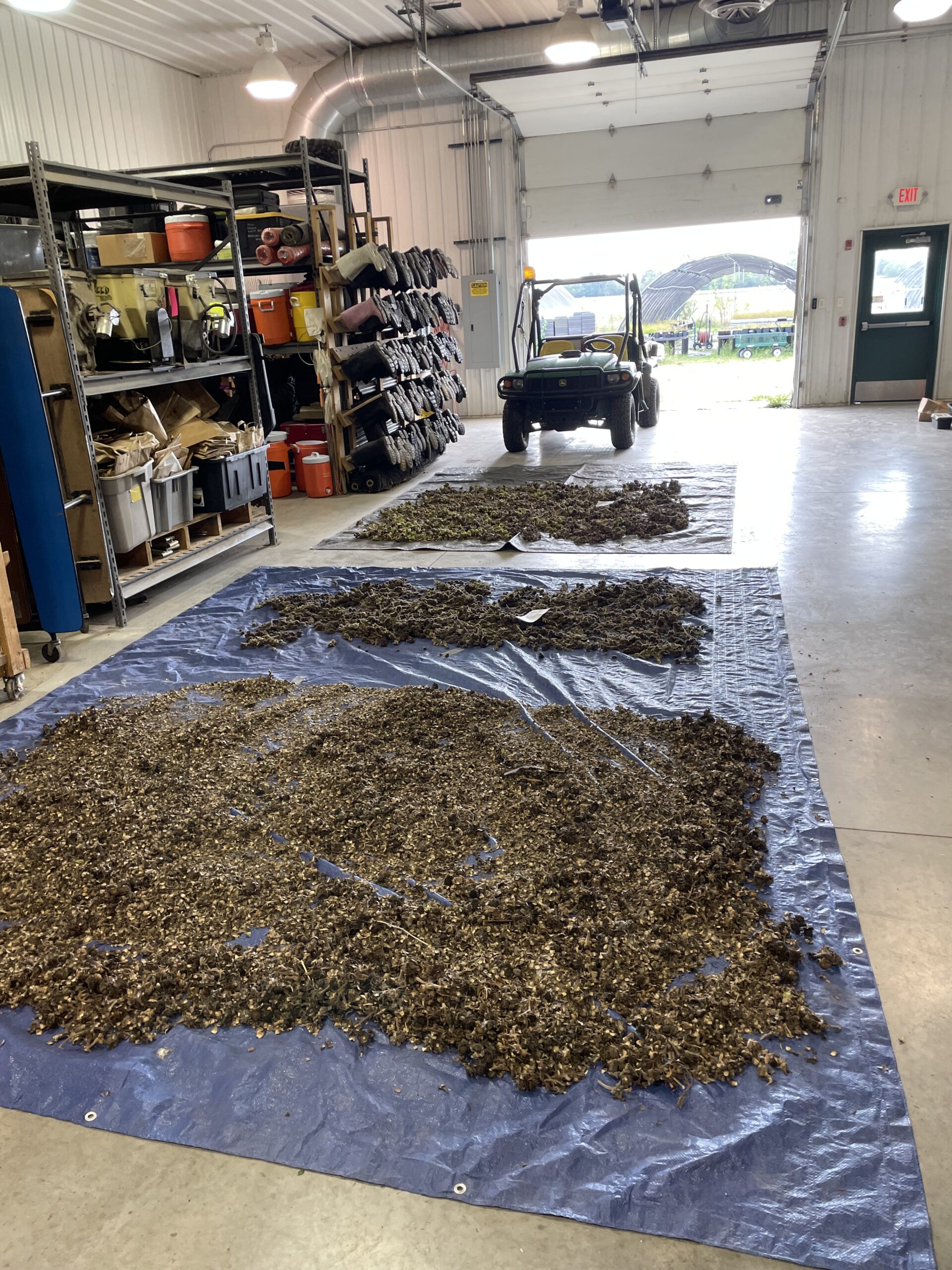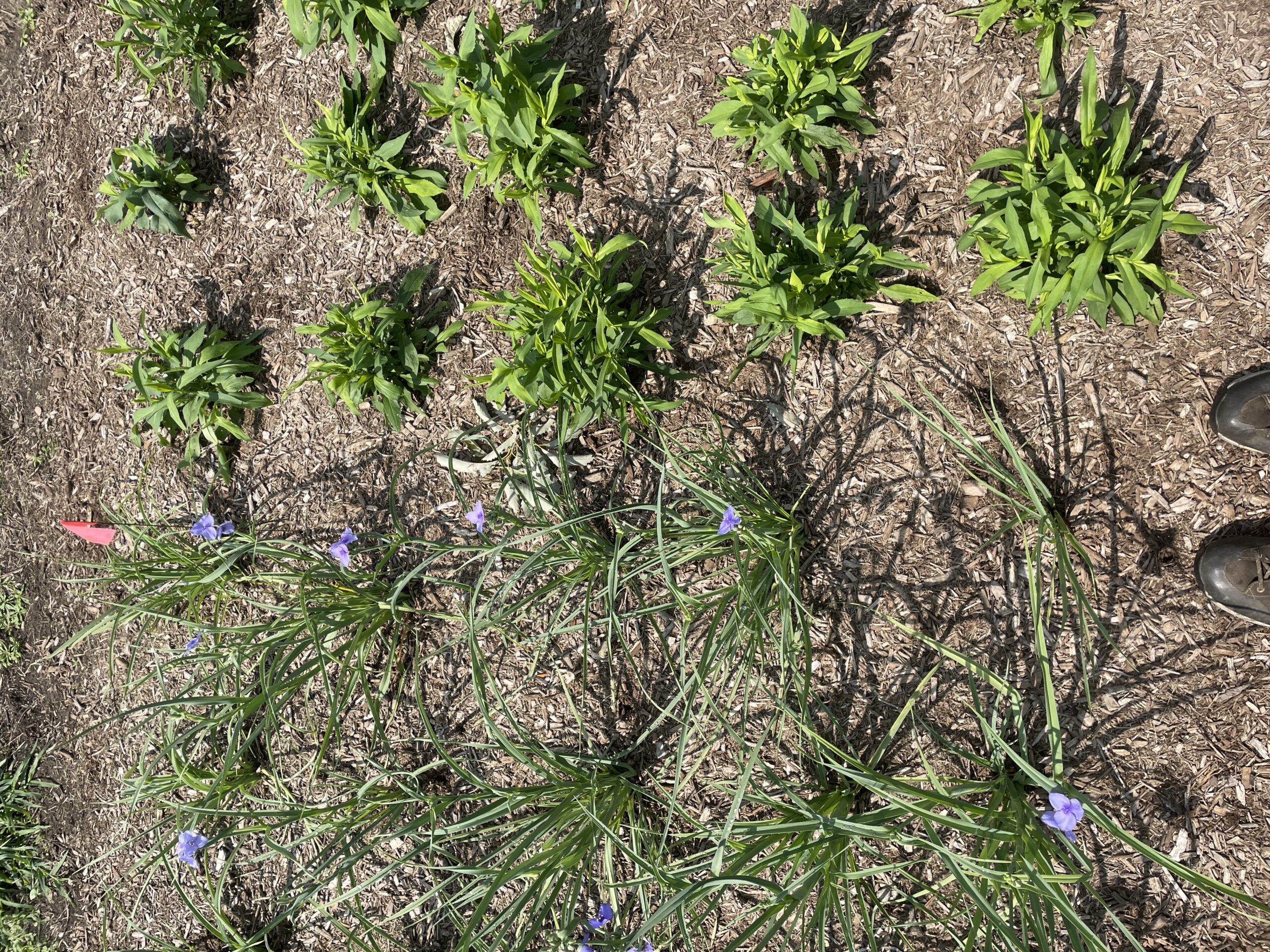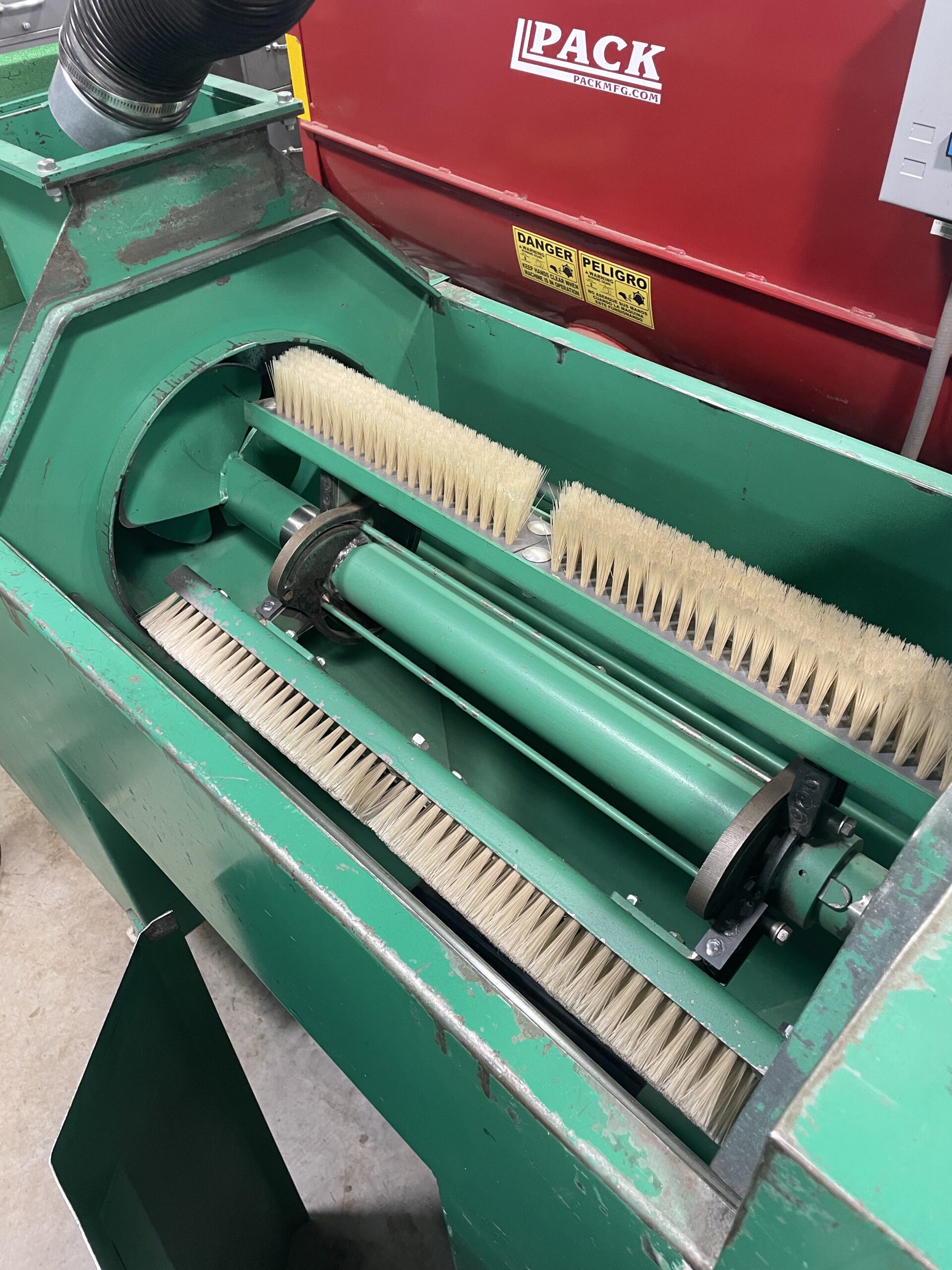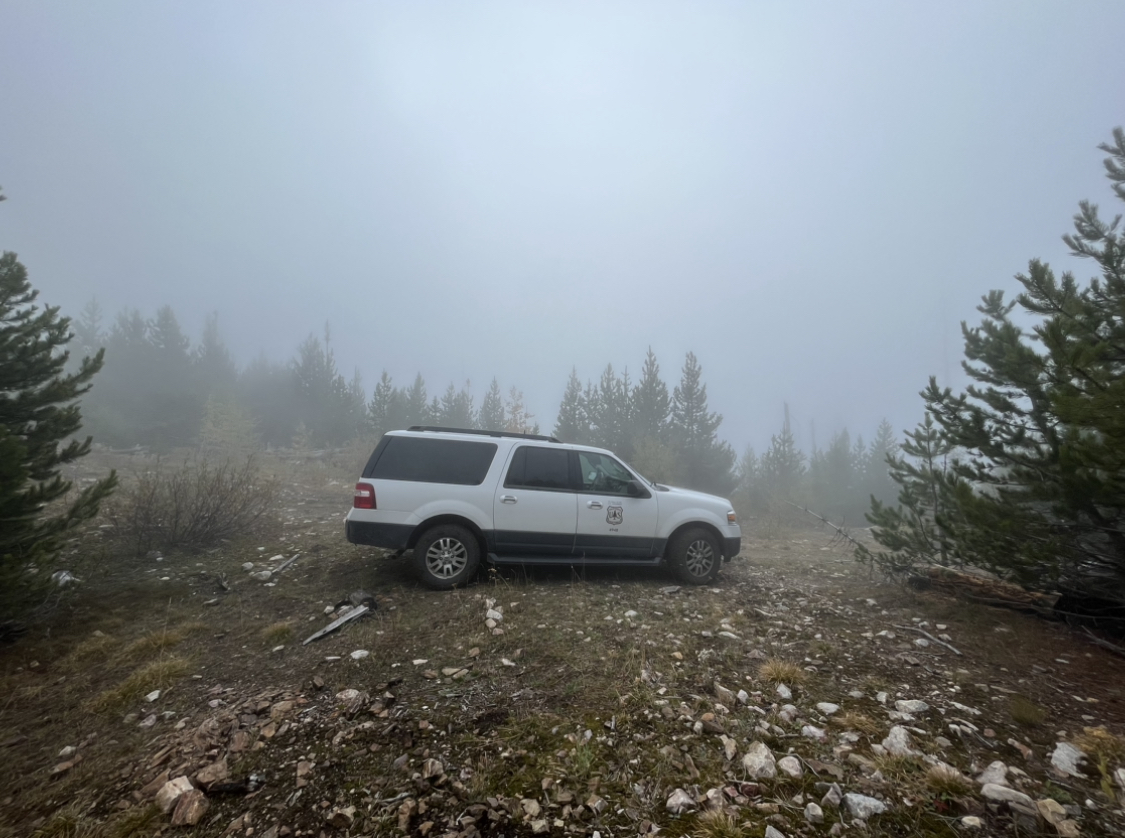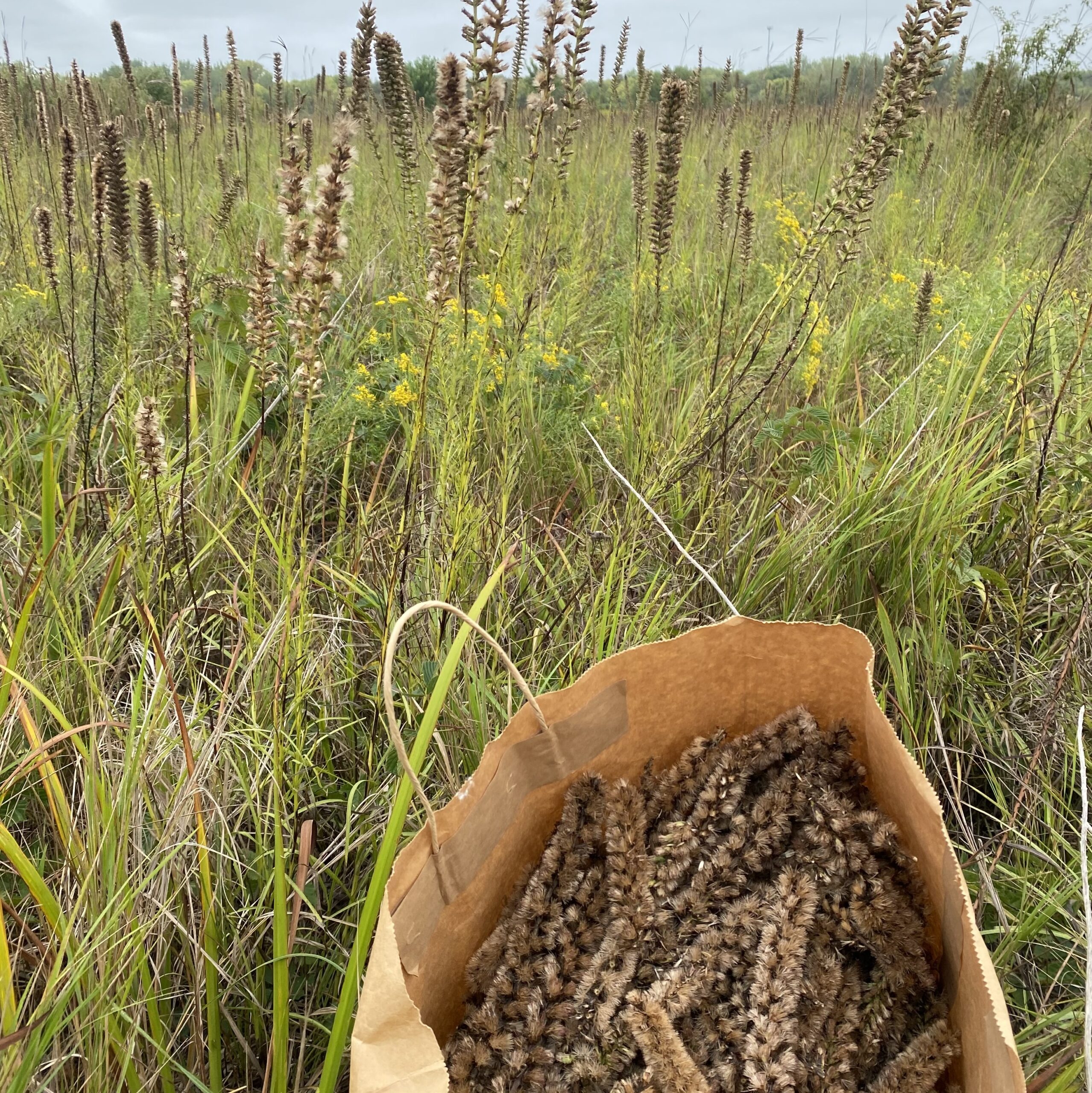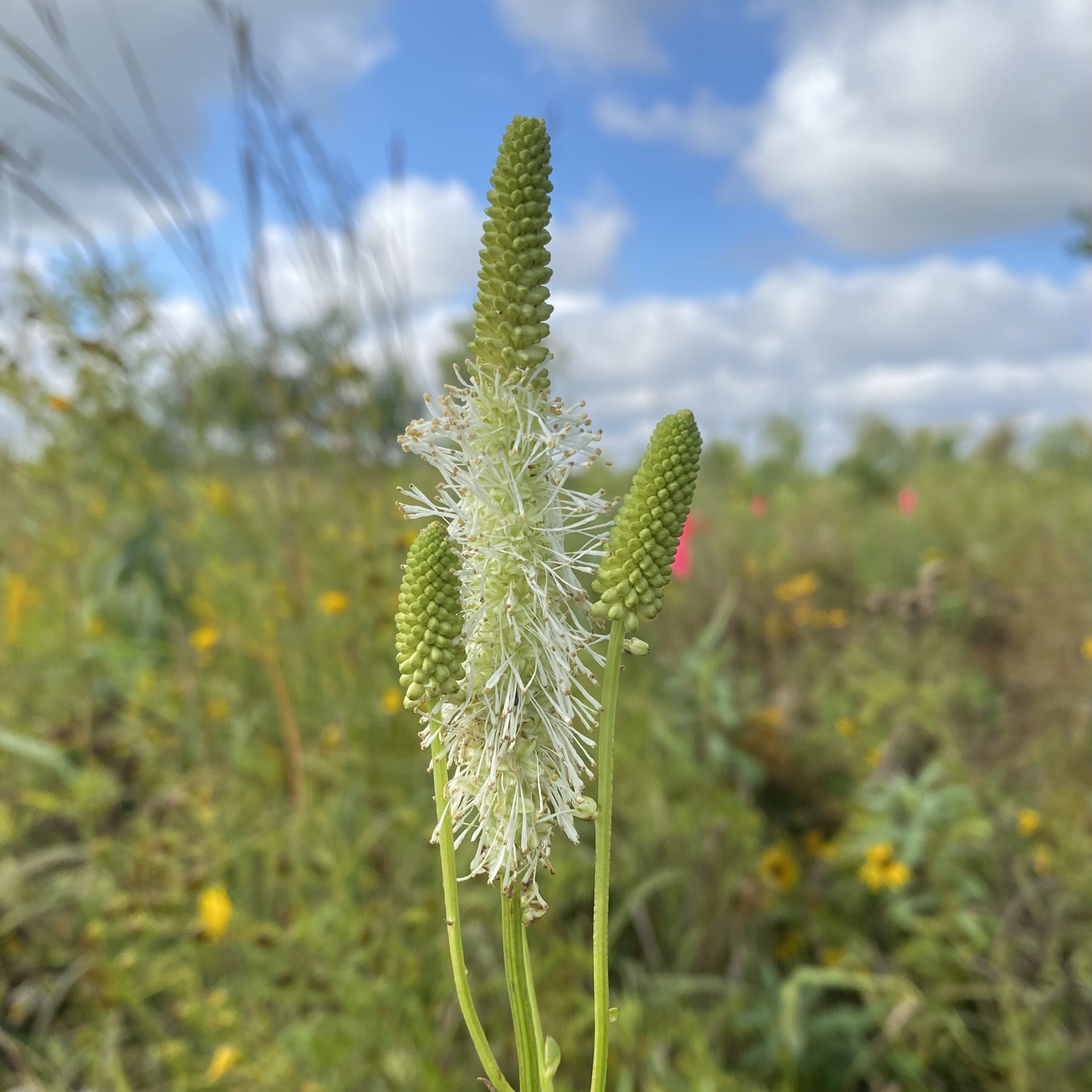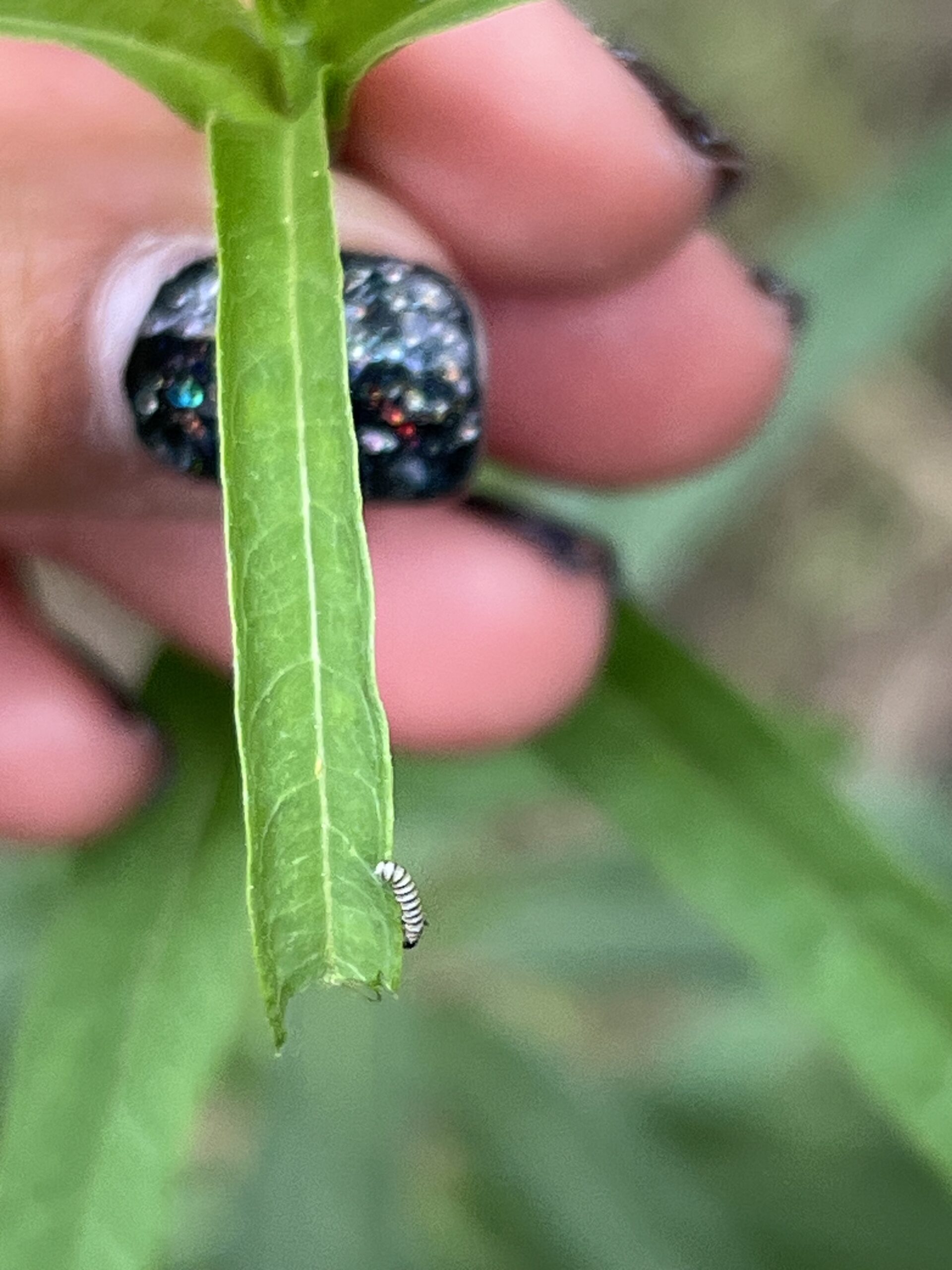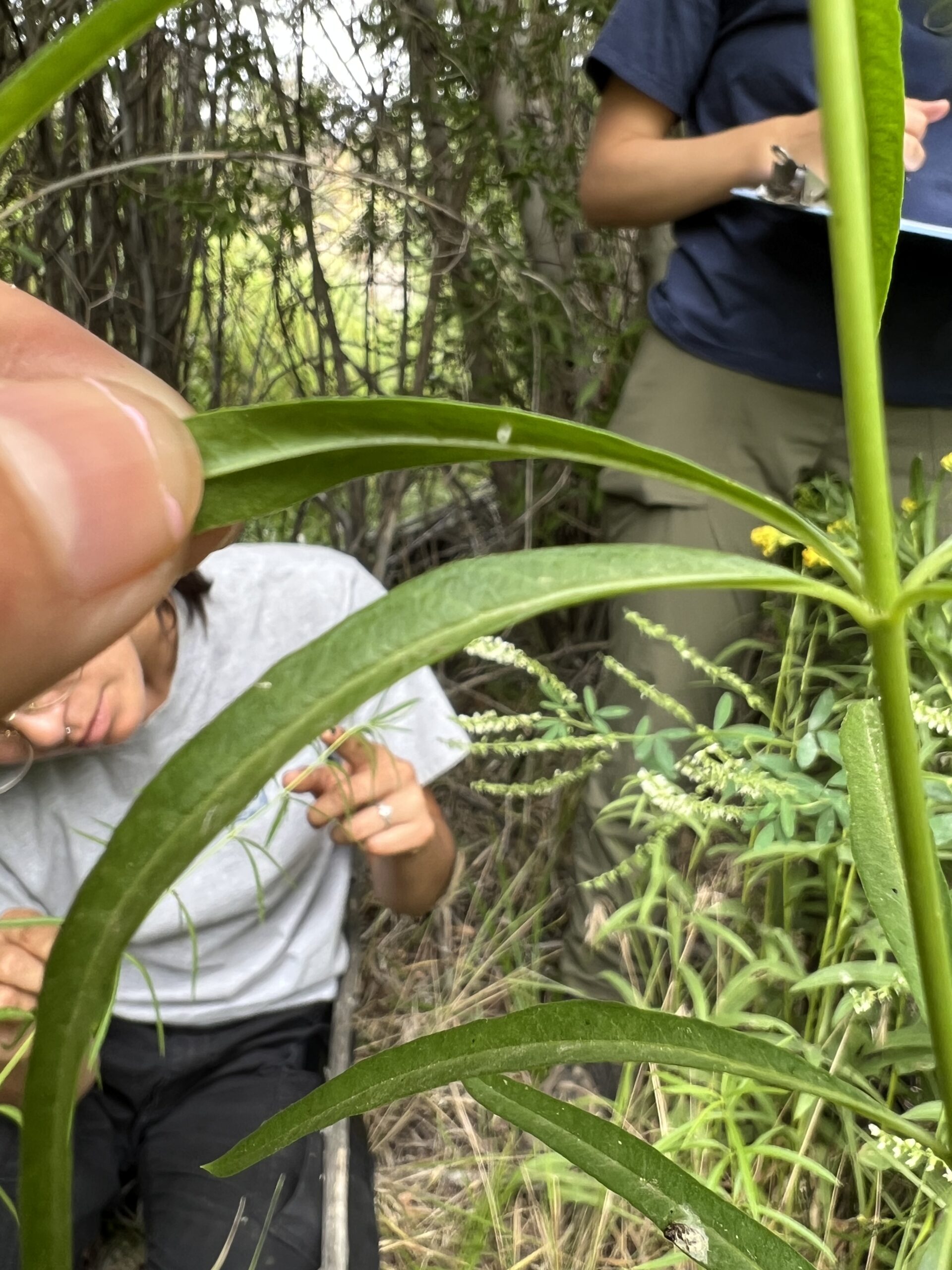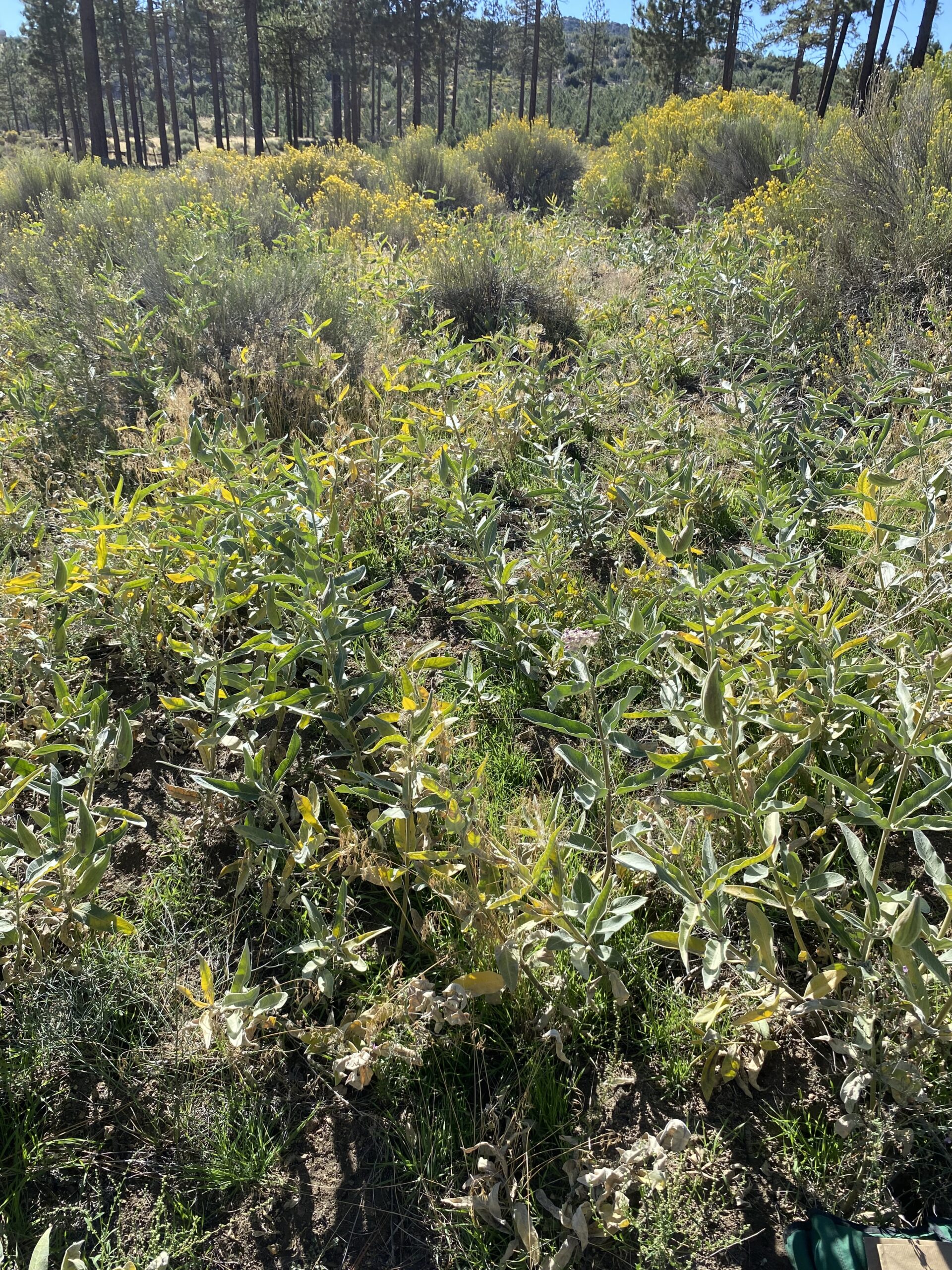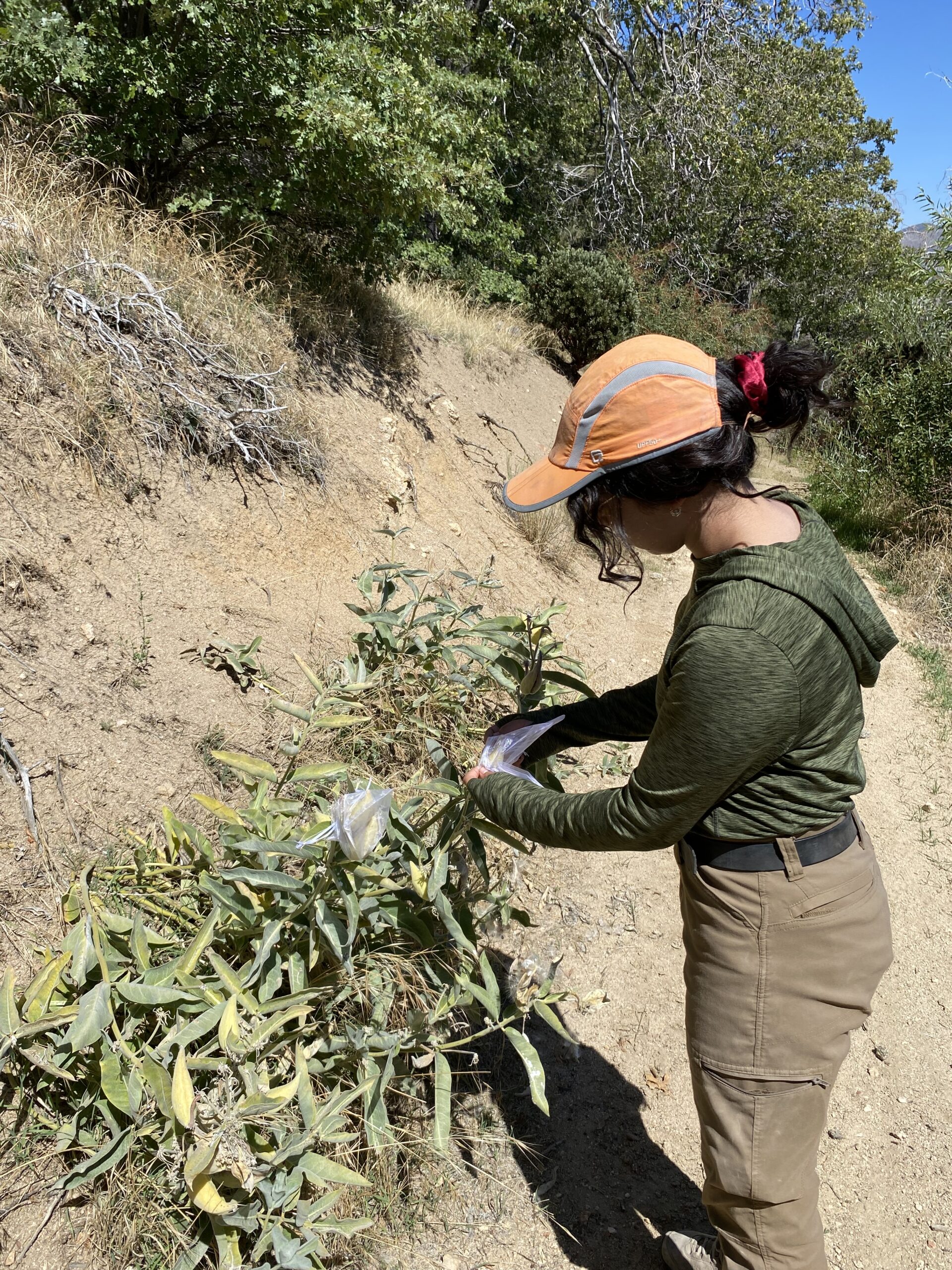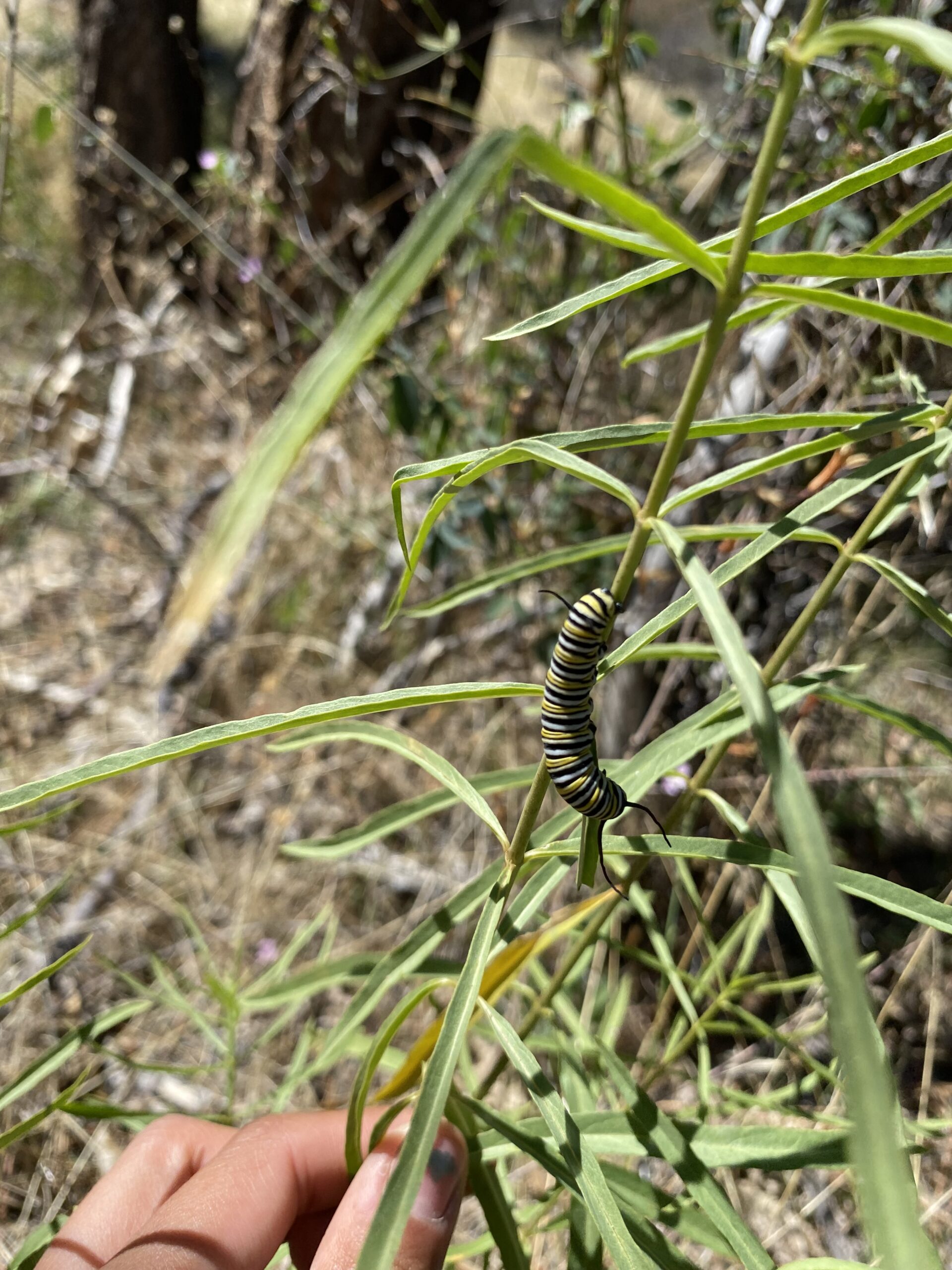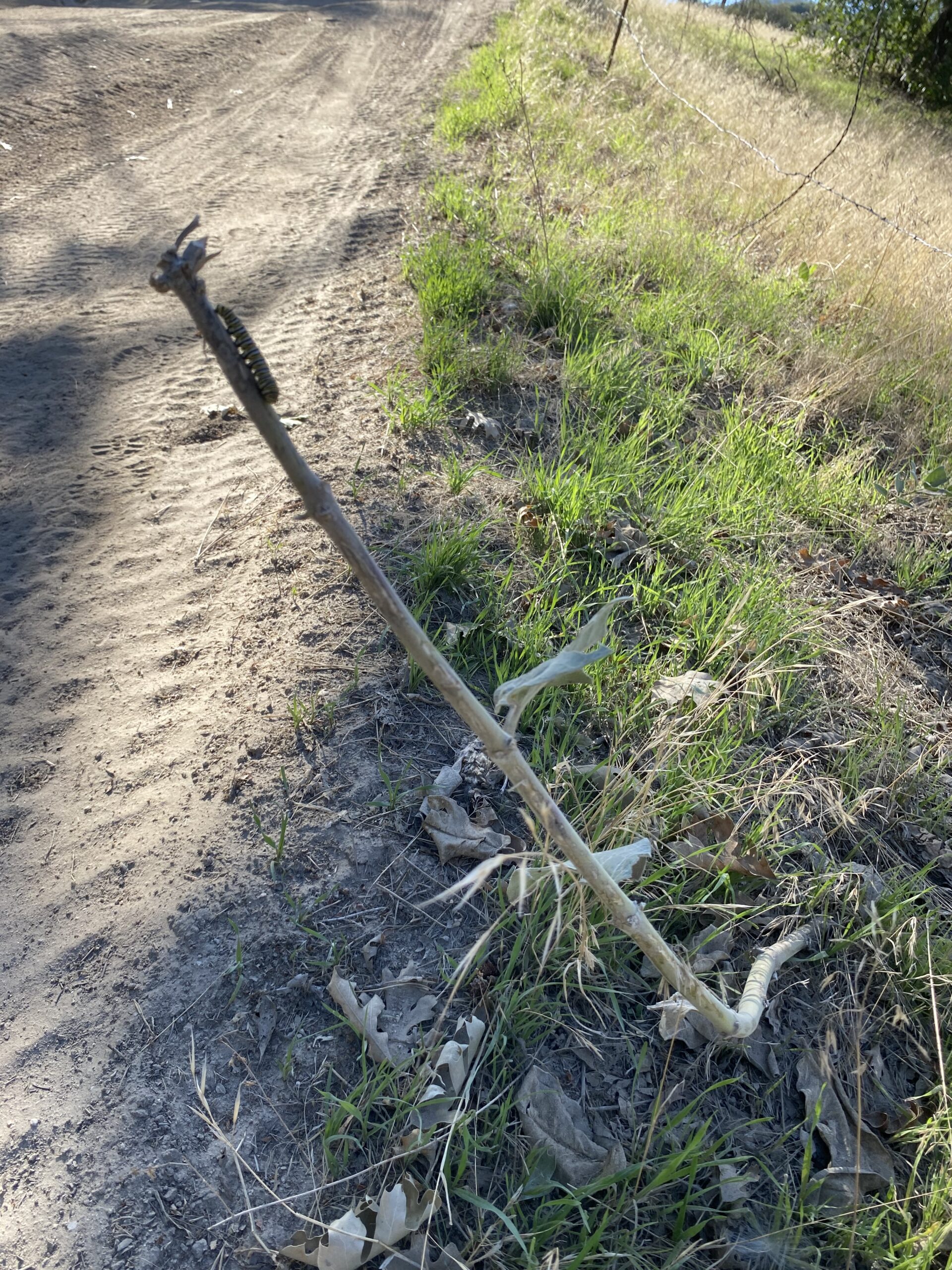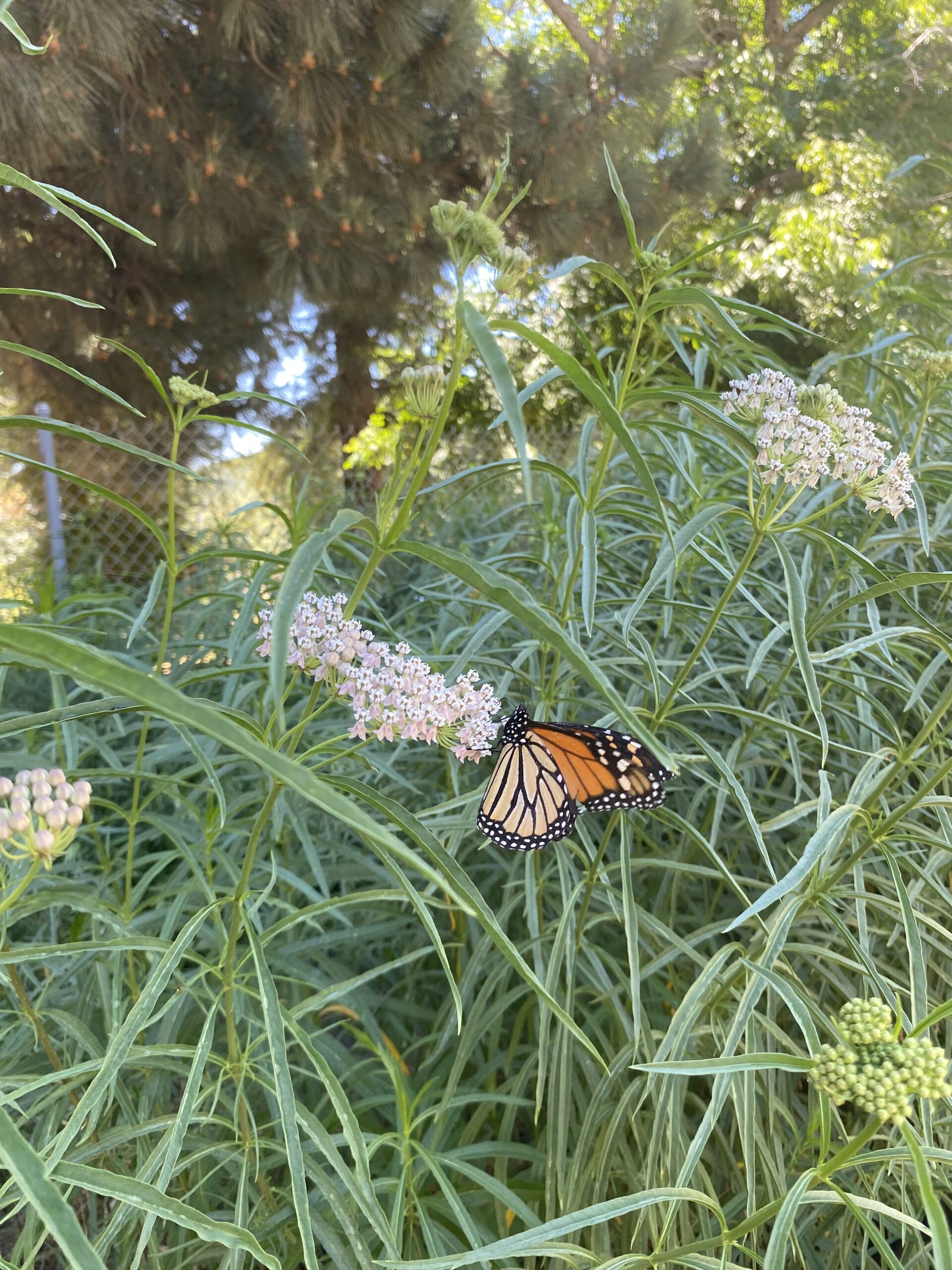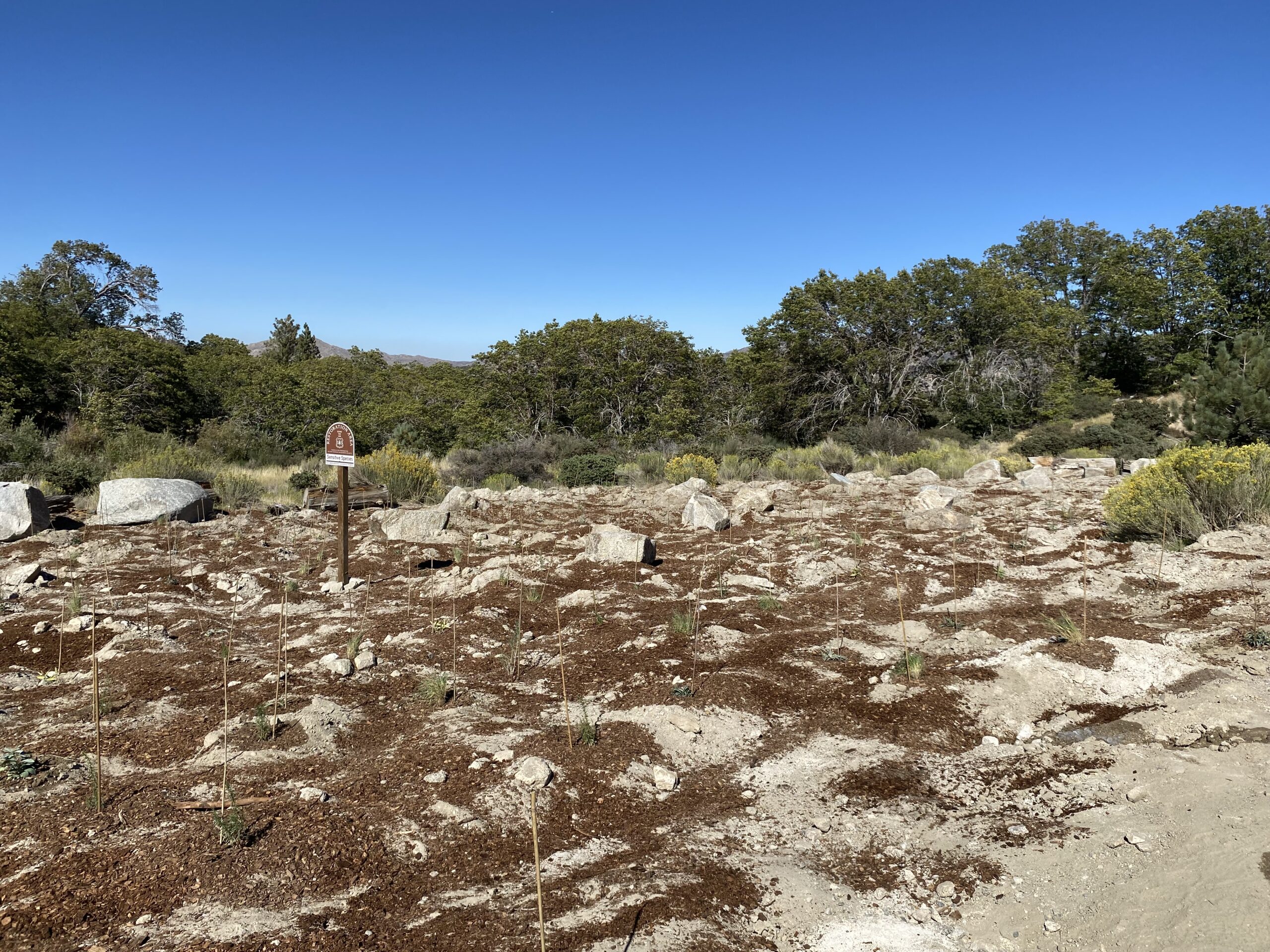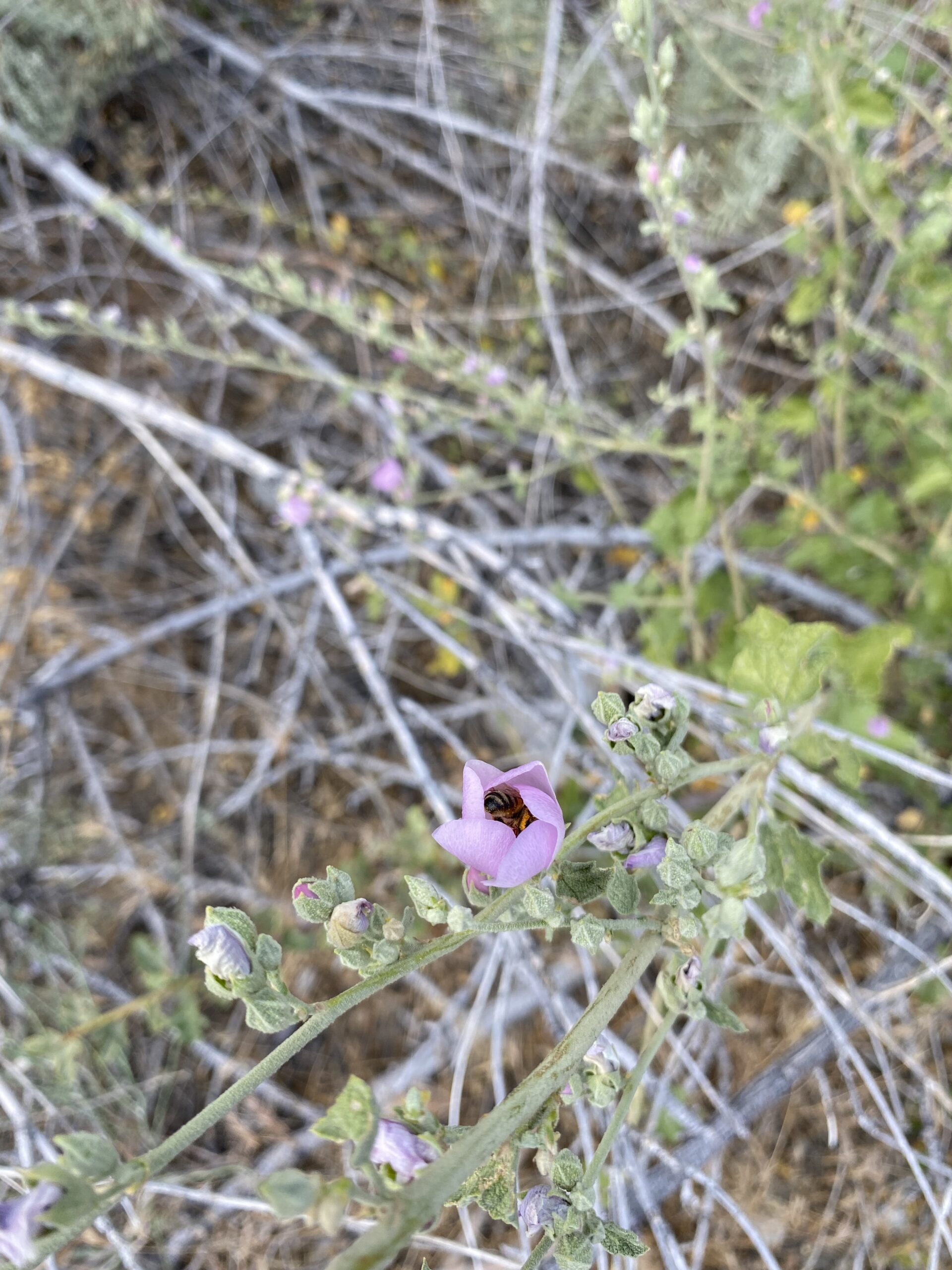Over the months the seeds we have been collecting have changed. Earlier my mind was so focused on sedges and where they were in our prairie’s. But I haven’t thought about sedges in a long time. Instead my harvesting mind has switched to silphiums. Silphiums are one of the characteristic features of Midewin, and we have a lot of them as you can see from this picture. This time of year is really the time when seeding has been put into high gear, as now we have help from experienced volunteers, many of the other technicians, and even the mighty acorns, an army of 12 year old schoolchildren that help collect seed from easy to access areas like seed beds. Also what has changed is our attitude towards collecting seed. Earlier we tried to find more unique and rare species that were hidden in the tall grasses. Now we are trying to get more bulk collections of our main workhorse plants such as rattlesnake master (Eryngium yuccifolium). In the past this plant was a thorn in my side, almost literally as it would often snag painfully against my leg, now I get to exact my revenge.
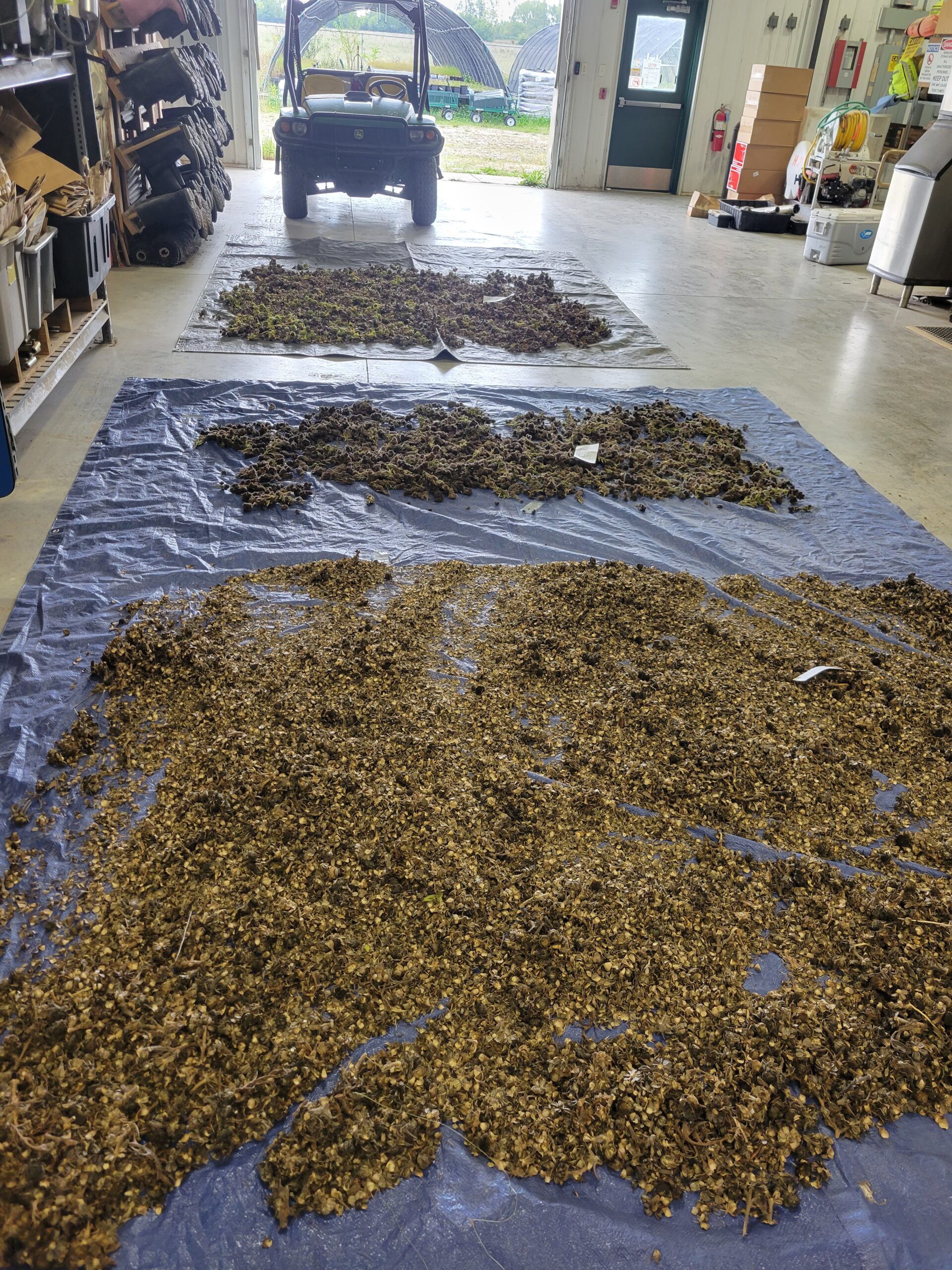
Besides seed collecting, which has occupied a bulk of our time, we also did some more plant monitoring in a more unique way. This method, instead of getting a quadrat out, was more free form and has the title of “Fall Meandering”. For an hour we walked around various areas of our prairie’s and identified any of the plants we saw and jotted it down. It was a nice leisurely stroll through the vegetation. In this exercise, even more than the previous plant monitoring, I really think I learned a lot more of the plants that existed around me. One such plant was Solidago altissima (insert picture) which I had thought was just the invasive Canada goldenrod. But they are slightly different in the inflorescence as the length of those small little petals differentiates them.
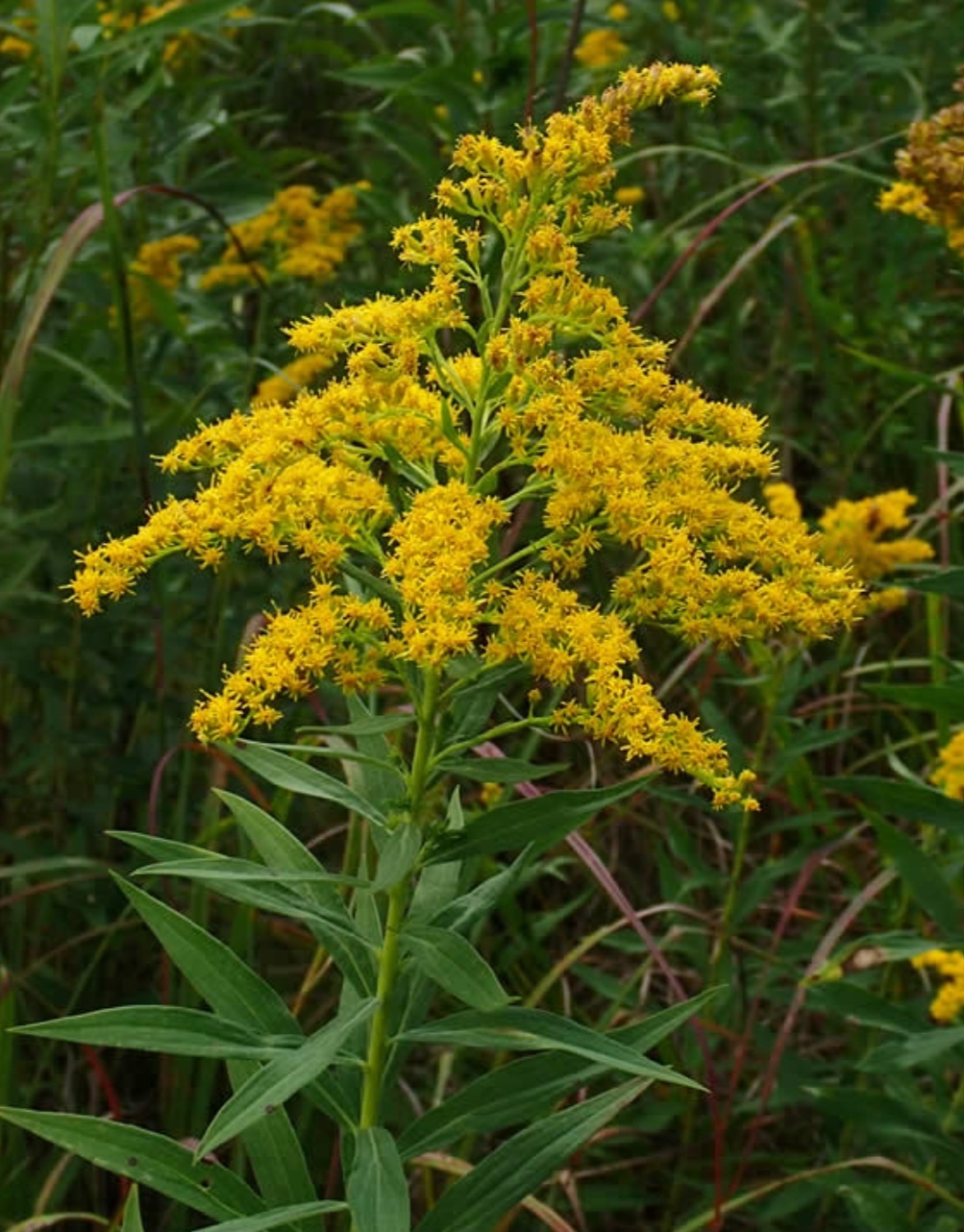
As the final leg of this journey comes up on us and we can see the finish line we have to keep remembering to stay the course and keep taking the necessary steps.


